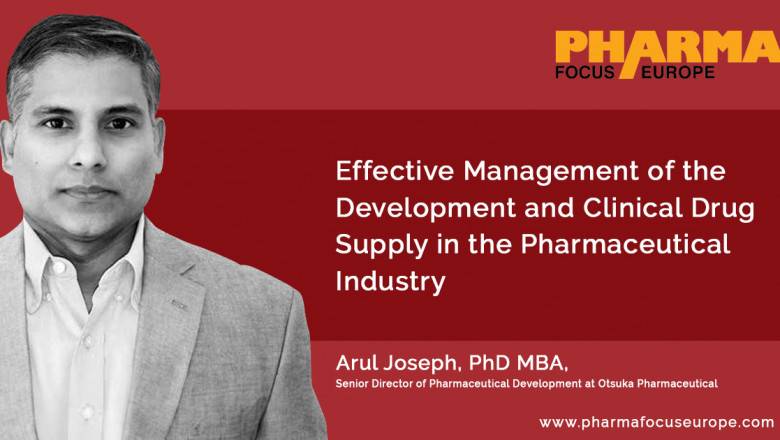views
1. How do you approach the initial mapping of the value chain for clinical drug supply, and what are the key elements you prioritize during this process?
The initial mapping of the value chain for clinical drug supply and which key elements to prioritize is dependent on the stage of clinical development and any unique attributes of the drug substance and drug product that require specialized development capabilities and/or supply chain strategies. Unique attributes of drug substances, such as a controlled substance, high potency compound, or deuterated compound, and those of drug products, such as formulating an unstable, low solubility/ permeability, or amine compound susceptible to nitrosamine formation.
For instance, for mapping the value chain for phase 1, the focus is on speed in ensuring that the development and manufacture of drug substances and drug products are conducted in an expedited manner to meet early-stage clinical study timelines to get a quick readout on the potential candidate compound. So the key elements to prioritize are the sourcing of starting materials, selection of drug substance form and synthetic route to scale from gram to kilogram scale, selection of a drug product formulation and manufacturing process, selection of drug substance and drug product CDMOs capable of quick process development/optimization and GMP manufacture of the drug substance and drug product, especially within the constraints dictated by the unique attributes of the drug substance and drug product, and packaging vendor if blister packaging is needed.
2. Can you describe the most critical challenges in managing the transition from drug substance to drug product manufacturing and how you address these challenges?
Some challenges in managing the transition from drug substance to drug product manufacturing include drug substance properties such as particle size being consistent and appropriate for manufacture and drug release for drug products, managing the formation of nitrosamines in drug substances with amine functional groups, and ensuring that there is an adequate retest period for the drug substance to manage inventory levels to meet clinical demand.
3. How do you ensure that the quality requirements of clinical drug supply are consistently met throughout the manufacturing process?
Quality has to be built into the product and process. To ensure quality requirements are consistently met throughout the manufacturing process, it is essential that the decisions regarding the chemical development (solid state form, stability, etc.) of the drug substance and formulation development (excipient choices) of the drug product are made considering their impact on quality. The manufacturing process has to be designed to be robust with sufficient process capability to minimize variability, with an understanding of any interaction effects between parameters, failure modes, etc., and with an approach to continue to learn and incorporate improvements into the manufacturing process as part of the development.
If we use internal manufacturing sites, then we know the quality and compliance of our site, but if we partner with CDMO sites, then it is critical to ensure our partner CDMOs that support us with the development and manufacture of drug substances and drug products for clinical supply share our commitment to quality and compliance and have a strong quality system in place. This starts with having compliance and quality assessment included as a critical part of the CDMO selection process, and our quality assurance and quality control colleagues participate in on-site visits and the due diligence process. Together, the technical operations and quality teams examine the inspection history of the CDMP site and perform a complete audit and inspection of the site.
Read more: https://www.pharmafocuseurope.com/expert-talk/effective-management-of-the-development






















Comments
0 comment